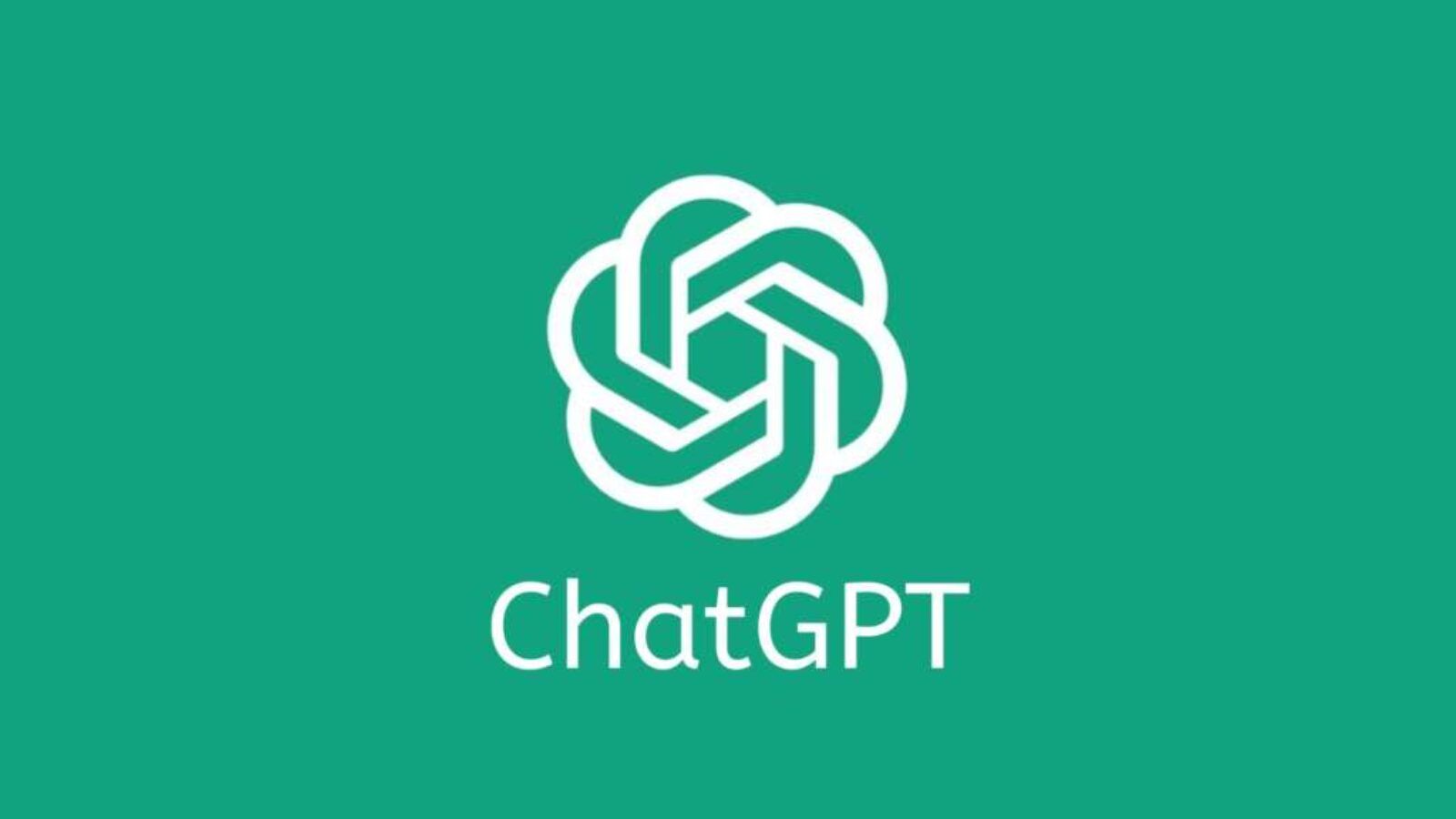OpenAI introduced the GPT‑5 family with Pro, mini, and nano variants. The release emphasizes simulated reasoning available to free users, fewer hallucinations, multimodal interactions, and expanded tools for developers.
What’s new in GPT‑5
- Simulated reasoning for the free tier, breaking problems into multiple steps.
- Unified architecture: an efficient model for most tasks, a deeper "GPT‑5 Thinking" mode for hard problems, and a real‑time router to pick the best path.
- Multimodal input/output across text, voice, and images.
- "Safe completions": helpful responses within safety limits instead of blanket refusals.
Performance and benchmarks
Coding
OpenAI claims GPT‑5 is its strongest coding model: 74.9% on SWE‑bench Verified and 88% on Aider Polyglot. It can finish end‑to‑end development tasks with minimal prompting and generate UI designs for non‑coders.
Reasoning, accuracy, and multimodal
- Math (no tools): 94.6% on AIME 2025.
- Multimodal understanding: 84.2% on MMMU.
- GPQA (no tools) with GPT‑5 Pro: 88.4%.
- With web search, answers show ~45% fewer factual errors vs. GPT‑4o; in "thinking" mode, ~80% fewer vs. o3.
Health use cases
On HealthBench Hard, GPT‑5 scores 46.2% per OpenAI, with the standard caveat: ChatGPT is not a medical professional. It can help interpret results and draft questions, but verification is essential.
ChatGPT experience updates
- Custom chat colors and preset "personalities" (Cynic, Robot, Listener, Nerd) that adjust the system prompt.
- Pro‑tier integrations with Gmail, Google Calendar, and Google Contacts.
- Unified "Advanced Voice" for better instruction following and adaptive speaking style.
- Reduced sycophancy: targeted tests show a drop from 14.5% to under 6%.
"Tackling complex problems by splitting them into sub‑problems, checking one’s own answers, and self‑correcting in real time—capabilities that bring it notably closer to human‑like reasoning."
Sam Altman, CEO OpenAI
Availability and rollout
The rollout begins today for ChatGPT’s 700M weekly active users, with tier‑based limits. Pro subscribers get unlimited GPT‑5 and GPT‑5 Pro; Plus users receive higher caps than free. Where available, GPT‑5 Pro replaces o3‑pro. Simulated reasoning is automatically applied when beneficial; paid users can select "GPT‑5 Thinking" or prompt with "think hard about this". Standard Voice Mode will sunset within 30 days in favor of Advanced Voice. After free‑tier limits, usage falls back to GPT‑5 mini.
APIs, pricing, and developer features
- API SKUs:
gpt‑5,gpt‑5‑mini,gpt‑5‑nano, trading off latency and cost. - Context window: 256,000 tokens (up to 1M tokens with GPT‑4.1).
- Indicative pricing: $1.25/M input (‑90% with cache) and $10/M output for GPT‑5; $0.25/M input and $2/M output for Mini; $0.05/M input and $0.40/M output for Nano. GPT‑5 Pro API pricing is TBD.
- New tools: free‑form function calling (send raw strings like SQL to tools), verbosity controls, and reasoning effort controls for speed vs. depth.
Competitive context and default model
The launch lands amid pressure from Gemini, Claude, and Llama. GPT‑5 replaces GPT‑4o, OpenAI o3, o4‑mini, GPT‑4.1, and GPT‑4.5 as the default model for signed‑in users, aiming to unify capabilities and cut errors with a dynamic routing layer.
Why it matters
The leap from GPT‑4 to GPT‑5 is less dramatic than the GPT‑3 to GPT‑4 jump, partly due to intermediate releases. Still, there are clear gains in coding, accuracy, and safer handling of sensitive queries. Critical reading and fact‑checking remain best practice.
